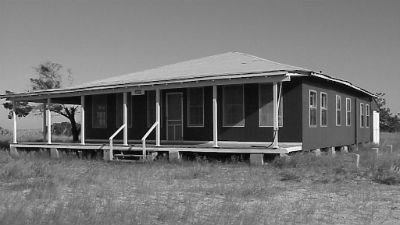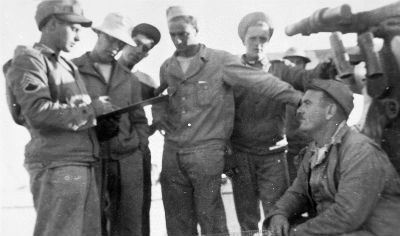|
Beginning at the Cape Lookout Light Station and continuing south toward the point of the cape, is a nearly 810 acre area designated as the Cape Lookout Village Historic District. In addition to the light station, the historic district includes the former Cape Lookout Life-Saving Station, the decommissioned Cape Lookout Coast Guard Station, the remains of a WWII Army coastal defense complex, as well as several former fishing cottages and vacation homes.

With the exception of the Cape Lookout Lighthouse and Cape Lookout Life-Saving Station personnel, the village area saw no permanent residents until the twentieth century. 
At the end of the 1919 term, Cape Lookout Village’s school closed its doors. A visitor to the village in 1921 noted that only two or three families remained. It was the end of an era for Cape Lookout Village as few remained to call it home. But for others, it was the beginning of making the islands their home-away-from-home. 
During World War II, Cape Lookout Village became home to a military presence as the bight was used to shelter convoys heading for Europe. To protect ships making use of the natural harbor, a submarine net was strung across the bight while nearly 400 acres near the Coast Guard Station were appropriated for wartime purposes. A battery of the 193rd Field Artillery was sent to the cape and two gun mounts were constructed. The 1st Battalion 244th Coastal Artillery served at Cape Lookout until 1942 when a battalion from the 2nd Coastal Artillery replaced them. Members of the 2nd began to be sent to other commands in late 1943. By early 1944, there were no remaining Army personnel stationed at Cape Lookout. |
Last updated: October 20, 2023
